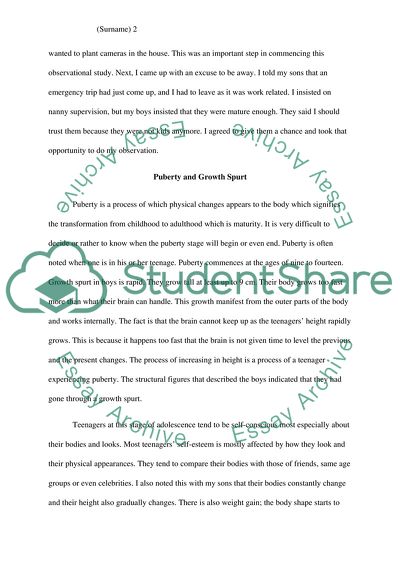Cite this document
(Naturalistic of Adolescent Behaviour and Development Term Paper Example | Topics and Well Written Essays - 3000 words, n.d.)
Naturalistic of Adolescent Behaviour and Development Term Paper Example | Topics and Well Written Essays - 3000 words. https://studentshare.org/psychology/1847885-naturalistic-observation-of-adolescent-behavior-and-development
Naturalistic of Adolescent Behaviour and Development Term Paper Example | Topics and Well Written Essays - 3000 words. https://studentshare.org/psychology/1847885-naturalistic-observation-of-adolescent-behavior-and-development
(Naturalistic of Adolescent Behaviour and Development Term Paper Example | Topics and Well Written Essays - 3000 Words)
Naturalistic of Adolescent Behaviour and Development Term Paper Example | Topics and Well Written Essays - 3000 Words. https://studentshare.org/psychology/1847885-naturalistic-observation-of-adolescent-behavior-and-development.
Naturalistic of Adolescent Behaviour and Development Term Paper Example | Topics and Well Written Essays - 3000 Words. https://studentshare.org/psychology/1847885-naturalistic-observation-of-adolescent-behavior-and-development.
“Naturalistic of Adolescent Behaviour and Development Term Paper Example | Topics and Well Written Essays - 3000 Words”. https://studentshare.org/psychology/1847885-naturalistic-observation-of-adolescent-behavior-and-development.


